Jonathan Smith
Scilly Organics, St Martins, Isles of Scilly
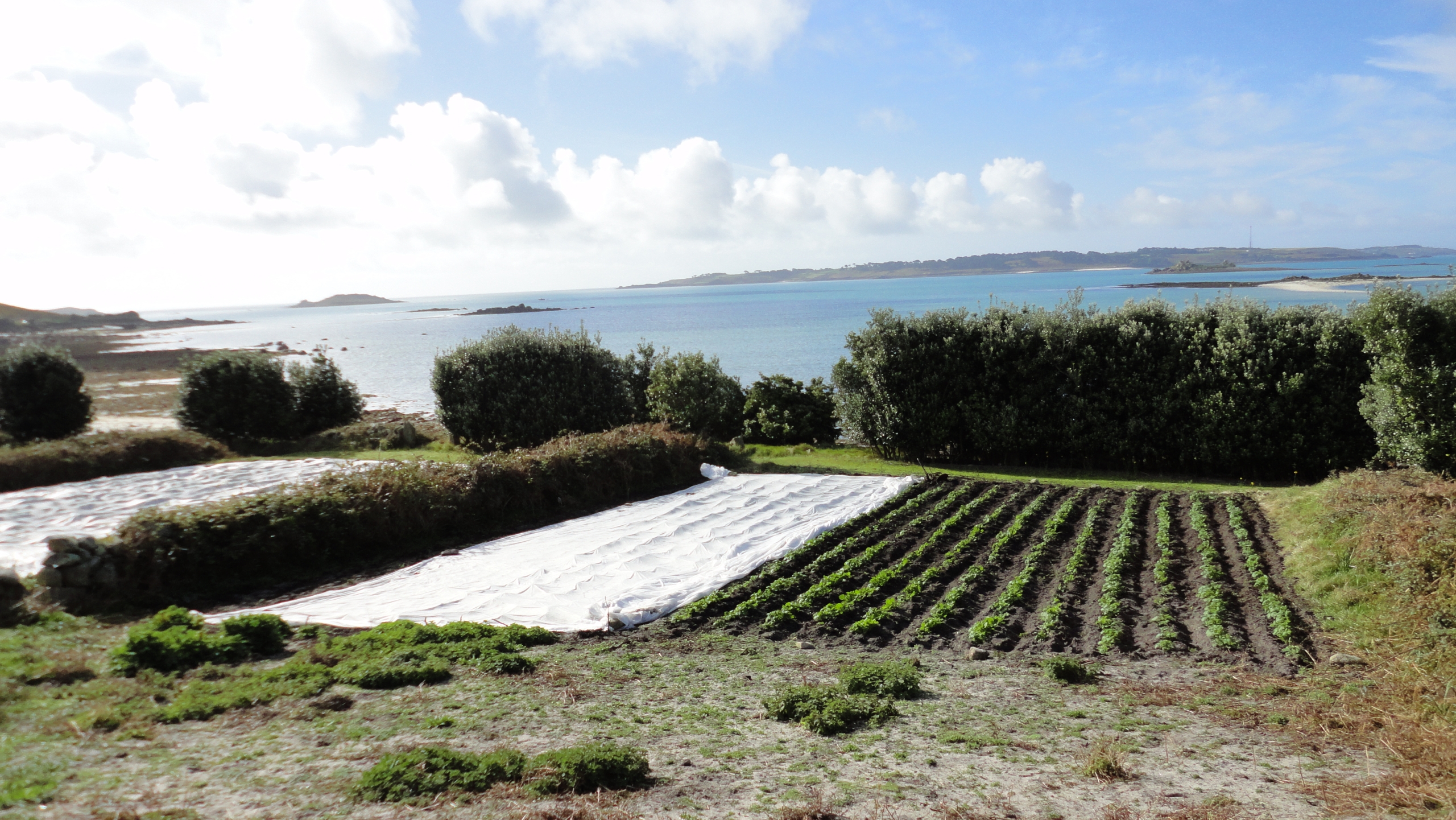
- Jonathan Smith grows organic fruit, vegetables, herbs and flowers on the island of St Martins, about 30 miles off the coast of Cornwall. The farm comprises of 5 acres and includes 2 polytunnels. He sells directly; mainly to tourists in the summer season, and islanders throughout the year. He runs a rotational system in the tunnels – basil, cucumbers, tomatoes and winter crops, and in the fields he grows potatoes, carrots, salad crops, squashes and courgettes, then moves into winter brassicas and some chard and kale in the summer, with a few patches of herbs and flowers. He also has an area of orchard and soft fruit.
He talks about how he entered the farming sector, his main motivations for farming in the way that he does, and how he uses seaweed, compost and green manures to build in soil organic matter (SOM) and fertility. He explains his system of harvesting and processing the seaweed in preparation for spring planting. He talks about the fertility-giving properties of sweet clover (right) which he usually has in the ground as a green manure for 2 years (forming a quarter of the rotation), and describes how he makes his own effective compost to use in the tunnels for the higher value crops.
- He touches on some of the challenges; with being a tourist dependent economy, most of his sales reflect that seasonal trend, and with the storminess that comes with living on a small island, he has to be very watchful of what he plants where. Little rain and very sandy soil means that water management is also a big challenge.
- He refers to other agroecological practices he carries out – emphasising the biodiversity attained from taking the approach that the farm is an ecosystem in itself. He explains that biodiversity surveys he has carried out have identified well over 70 species of flowerings plants. There are also lots of bees, butterflies, bats, and breeding birds on the land, and he experiences very few pest and disease problems due to the diversity of crops and ecosystem balance.
- He mentions the euonymus and pittosporum hedges surrounding the fields which help protect against the storms, and explains their various other uses and properties.
- Part of the Farm Carbon Toolkit team, he wrote and co-developed the Farm Carbon Calculator; a free online tool farmers and growers can use to assess the carbon footprint of their farm business (carbon emissions and sequestration). He explains how he became interested in carbon and how he has used the calculator to help gain a more detailed understanding of his farm and inform his practices. His farm biomass and soils now absorb much more carbon than they emit so the farm is carbon negative. He touches on consumer response to carbon footprint and the prospect of carbon being part of future farm payments and management.
- He gives his thoughts on how he’d like to see his farm develop in the future – explaining that, inspired by agroforestry examples, he’d like to move towards a system involving growing more perennials…

Farmer tips
- “Try and build up your farm ecosystem and make it as diverse as possible. I grow a lot of fruit trees and have started doing some alley cropping amongst apple trees as well. It may not be labelled efficient but it grows good quality nutritious crops. It’s always important to take that overview.”
- “Really focus on soil – I had a very in-depth soil analysis done – since then I’ve always done SOM sampling every year on my farm – which is quite cheap and tells you a lot. If you focus on building up the SOM it’s a proxy for the health of your soil. Really focus on that every year – keep trying to build it up, build it up. A lot of other problems will be solved because of that.”
All images courtesy of Jonathan Smith, Scilly Organics. All Rights Reserved.
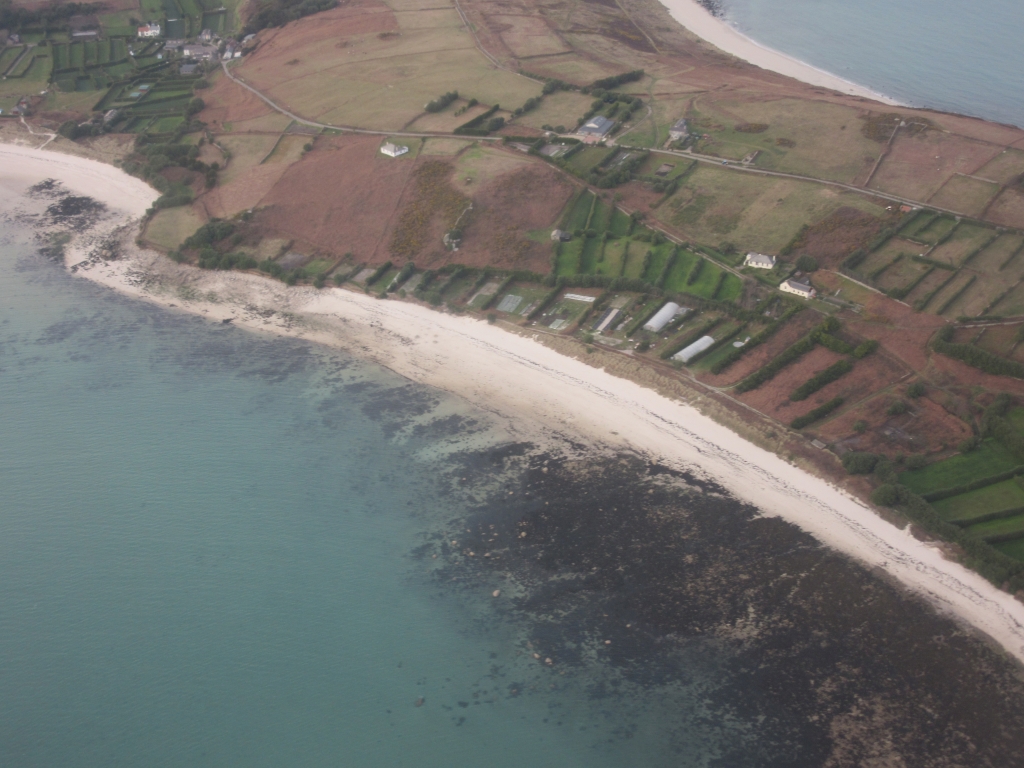


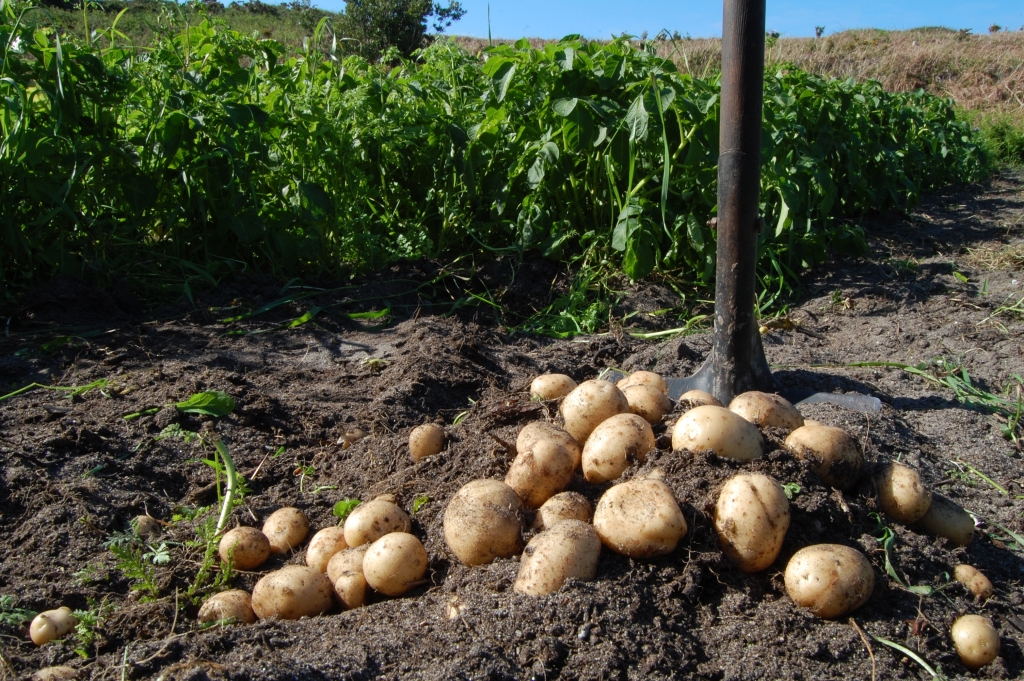


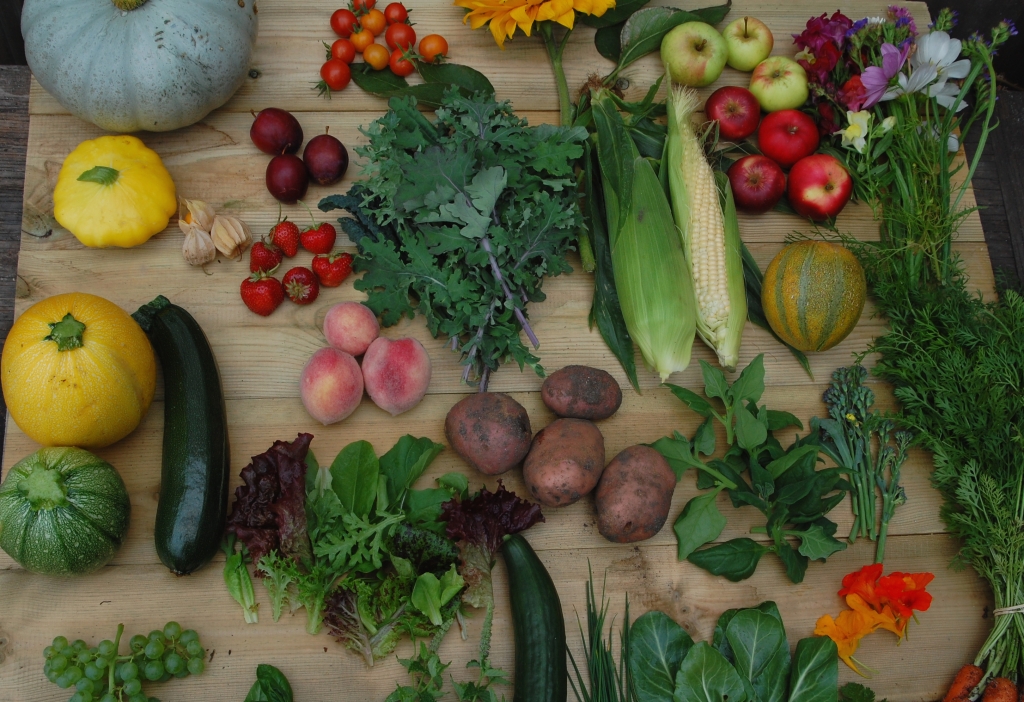

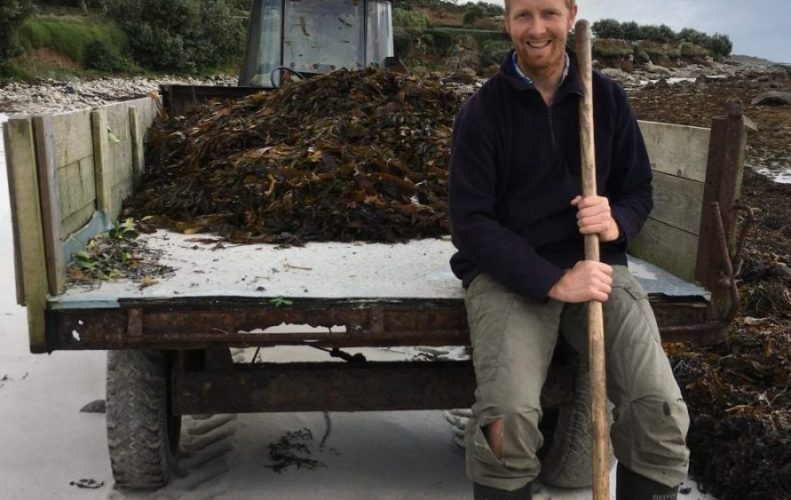
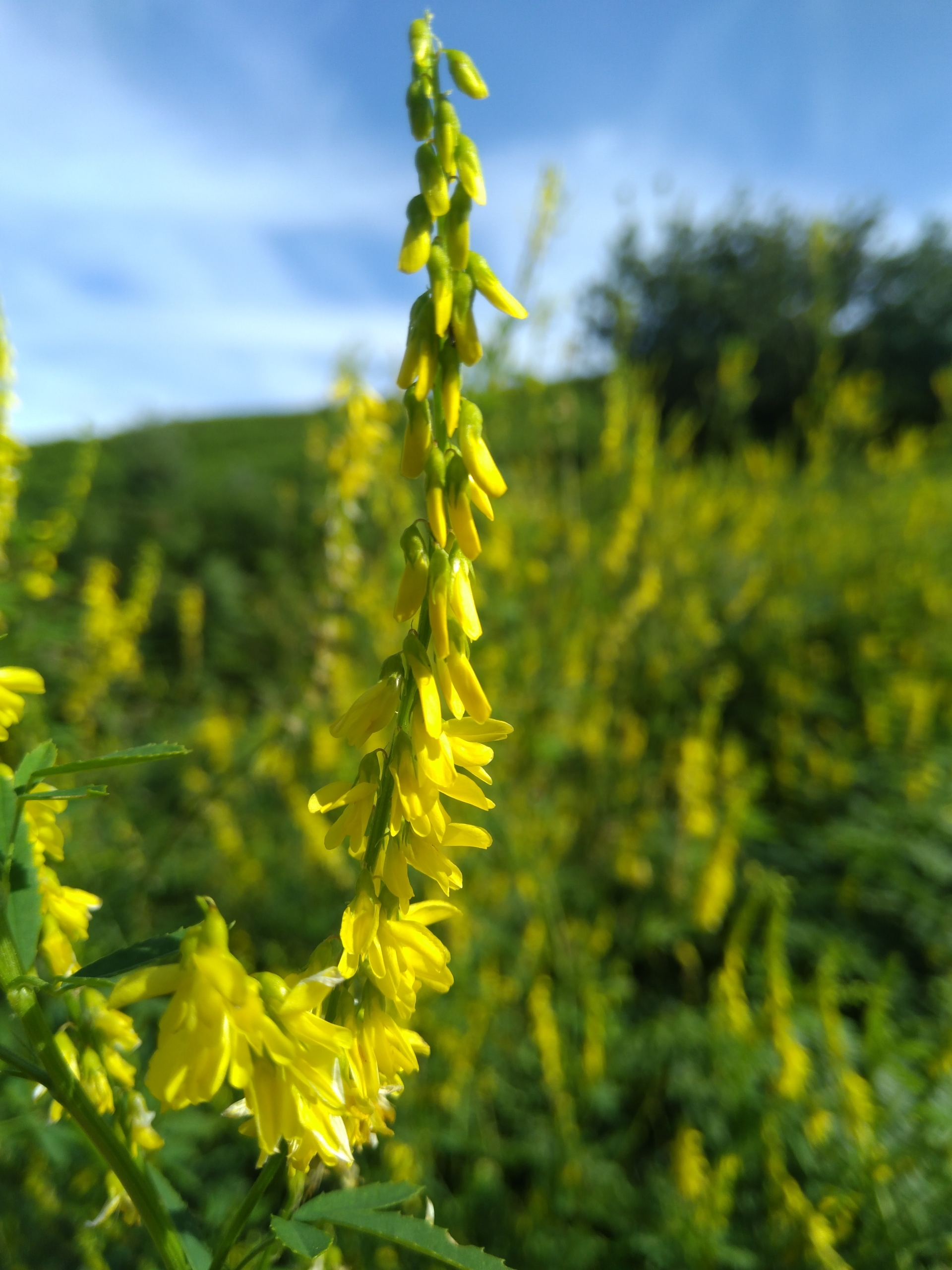 He talks about how he entered the farming sector, his main motivations for farming in the way that he does, and how he uses seaweed, compost and green manures to build in soil organic matter (SOM) and fertility. He explains his system of harvesting and processing the seaweed in preparation for spring planting. He talks about the fertility-giving properties of sweet clover (right) which he usually has in the ground as a green manure for 2 years (forming a quarter of the rotation), and describes how he makes his own effective compost to use in the tunnels for the higher value crops.
He talks about how he entered the farming sector, his main motivations for farming in the way that he does, and how he uses seaweed, compost and green manures to build in soil organic matter (SOM) and fertility. He explains his system of harvesting and processing the seaweed in preparation for spring planting. He talks about the fertility-giving properties of sweet clover (right) which he usually has in the ground as a green manure for 2 years (forming a quarter of the rotation), and describes how he makes his own effective compost to use in the tunnels for the higher value crops.